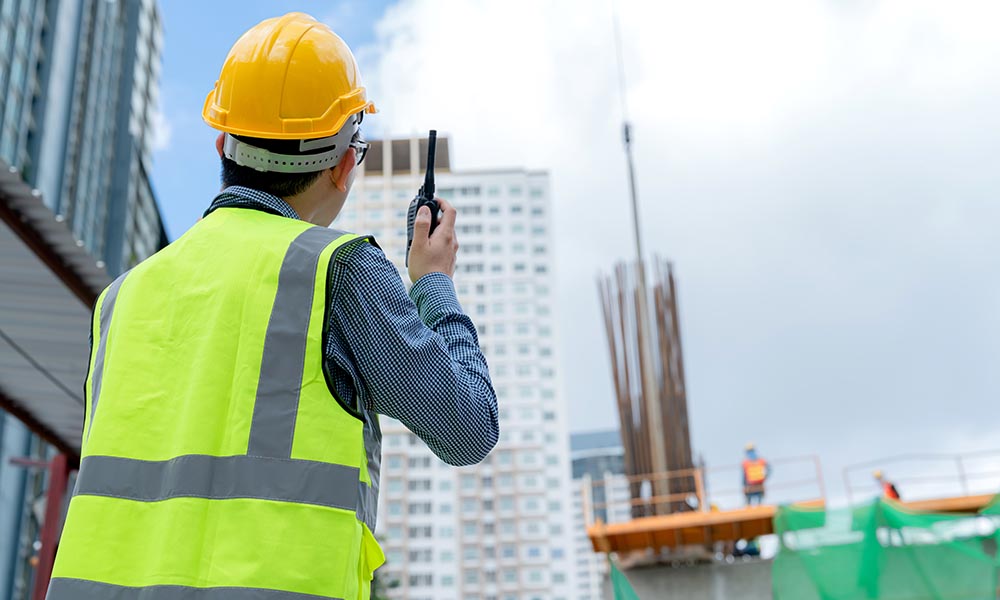Ensuring the safety of residents in gated communities is paramount. With rising concerns about unauthorised access and potential threats, implementing effective security services becomes essential.
This guide delves into the critical components of securing gated communities, highlighting the importance of advanced access control systems, surveillance, perimeter fencing, on-site personnel, and emergency response plans.
Advanced Access Control Systems
Access control systems are the first line of defence in gated communities. They ensure that only authorised individuals can enter, maintaining the community’s integrity and safety.
Key Features of Access Control Systems
- RFID Access: Allows residents to enter seamlessly using RFID tags, reducing wait times and enhancing security.
- License Plate Recognition (LPR): Automatically logs and verifies vehicles entering the premises.
- Visitor Management: Temporary passes or QR codes for guests, ensuring controlled access.
- Remote Monitoring: Administrators can oversee and manage access points via mobile apps or software.
Implementing these features ensures a robust and efficient access control system, which is vital for any gated community.
Surveillance Camera Systems
Surveillance cameras act as both a deterrent and a means to investigate incidents, playing a crucial role in community security.
Placement Suggestions for Maximum Coverage
- Entrances and Exits: Monitor all points of entry and exit.
- Common Areas: Pools, playgrounds, and community centres.
- Parking Lots: Keep an eye on vehicle movements.
- Perimeter Fencing: Detect any unauthorised attempts to breach the boundary.
Modern Surveillance Technology
- High-Definition Cameras: Provide clear images for accurate identification.
- Night Vision: Ensure visibility in low-light conditions.
- Motion Detection: Alerts security personnel to unusual movements.
- Cloud Storage: Securely stores footage for future reference.
These technologies enhance the effectiveness of surveillance systems, ensuring comprehensive monitoring.
Secure Perimeter Fencing
A well-constructed perimeter fence serves as a physical barrier, deterring unauthorised access and defining the community’s boundaries.
Effective Fencing Features
- Durable Materials: Use of steel or wrought iron for longevity.
- Anti-Climb Design: Features that prevent scaling.
- Integrated Sensors: Detect and alert to any breach attempts.
Combining these features ensures a formidable barrier against potential intruders.
On-Site Security Personnel
While technology is vital, the presence of trained security personnel adds a human touch to community safety.
Responsibilities of Security Personnel
- Monitoring Daily Operations: Overseeing access points and patrolling the premises.
- Visitor Screening: Verifying identities before granting access.
- Incident Response: Acting swiftly during emergencies.
- Resident Assistance: Providing help when needed.
Their presence ensures immediate response to any situation, enhancing the community’s overall security.
Emergency Response Plans
Preparedness is key to handling unforeseen events. A well-structured emergency response plan ensures swift and effective action during crises.
Key Elements of an Emergency Response Plan
- Risk Assessments: Identify potential vulnerabilities.
- Communication Systems: Mass notification tools to alert residents.
- Trained Personnel: Staff trained in first aid and emergency procedures.
- Regular Drills: Ensure everyone knows their role during emergencies.
Such plans minimise confusion and ensure the safety of all residents.
Effective Integration of Security Features
Integrating various security components creates a cohesive and robust system.
Example Integrations
- Access Control and Surveillance: Linking entry systems with cameras for real-time monitoring.
- Emergency Alerts and Gate Systems: Automatically locking gates during emergencies.
- Visitor Management and Remote Monitoring: Overseeing guest entries remotely.
Such integrations enhance the efficiency and effectiveness of security measures.
Securing Your Community
Implementing comprehensive site security services is essential for the safety and peace of mind of residents in gated communities.
By combining advanced technology with trained personnel and well-thought-out plans, communities can ensure a secure living environment.
Ensuring Safety with Accord Security
At Accord Security, we understand the unique challenges faced by gated communities.
Our comprehensive site security services combine advanced technology with experienced personnel to provide tailored solutions for each community’s needs.
With a commitment to excellence and a focus on customer satisfaction, we strive to create safe and secure environments for all residents.
For more information on how we can assist your community, contact Accord Security at (08) 9456 2622.
Frequently Asked Questions
What are the problems with gated communities?
Gated communities can sometimes create a false sense of security, leading residents to be less vigilant. Additionally, they can be targets for criminals who perceive them as affluent areas.
What are the disadvantages of a gated community?
Disadvantages include potential isolation from the broader community, higher maintenance fees, and the possibility of delayed emergency services due to restricted access.
What is the meaning of gated property?
A gated property refers to a residential area enclosed by walls or fences, with controlled access points to enhance security and privacy.
Is living within a gated community safe without security guards present?
While technological measures can provide a level of security, the presence of trained security guards adds an essential layer of protection and immediate response capability.
